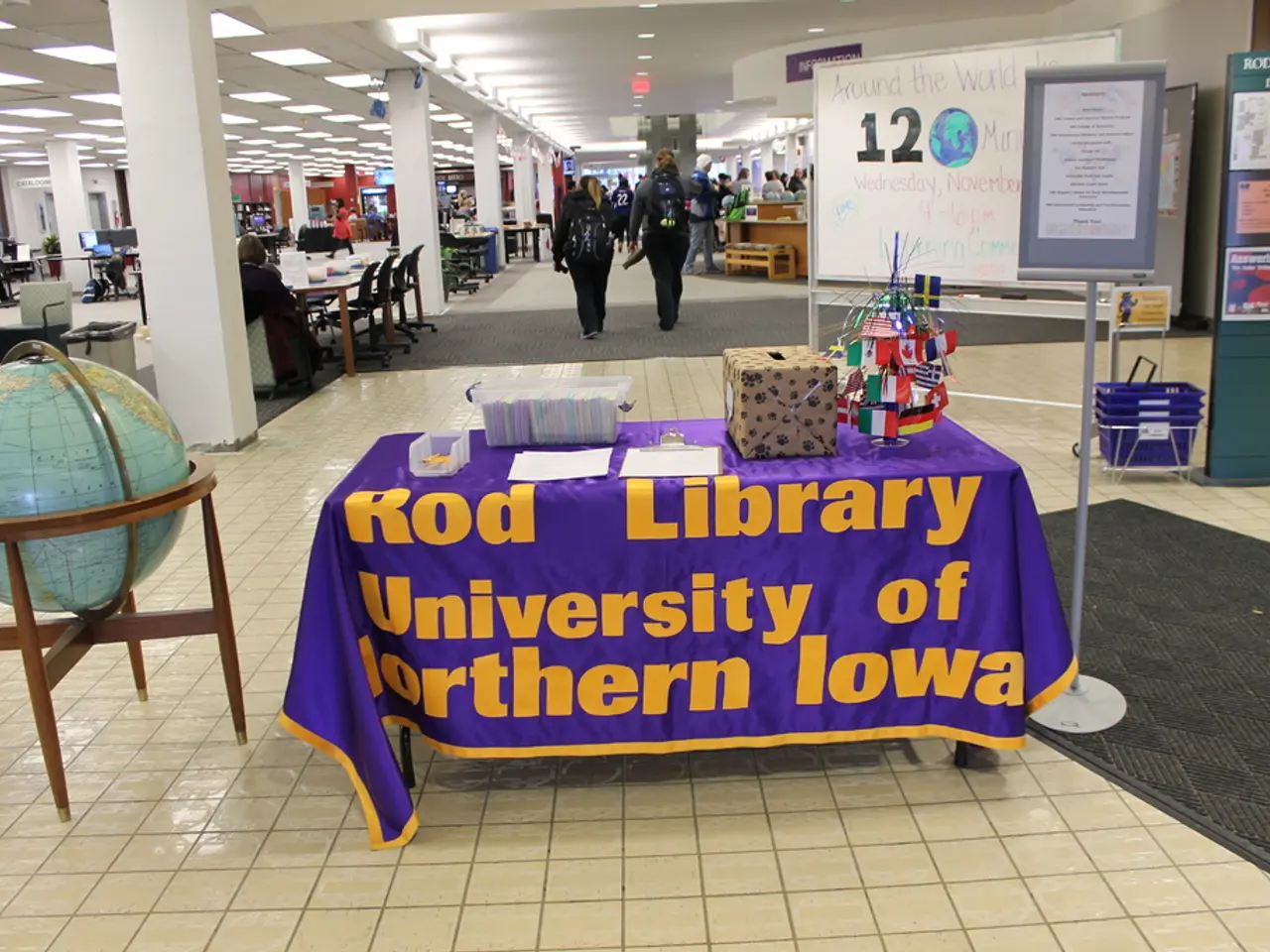Comfort Zones and Creativity's Intriguing Connection in Familiar Environments
Creating and innovating are not exclusive to unconventional settings or chaotic environments. In fact, intentionally using routines and familiar environments can offer significant benefits for both creativity and innovation.
By providing a stable framework, these routines and familiar surroundings support cognitive development and mental flexibility. They reduce decision fatigue, freeing up mental energy to focus on creative tasks. This structured approach encourages flexible thinking and out-of-the-box approaches, without overwhelming cognitive resources.
Familiar environments also promote mental resilience and a beginner's mindset, as they reduce stress and uncertainty. This openness to new ideas is key to fostering creativity and innovation.
Moreover, routines and familiar settings encourage open-mindedness and collaboration. Team members feel psychologically safe, which fosters listening and reduces judgment during creative brainstorming. This can result in higher-quality and greater quantities of innovative ideas. Routines can also normalize experimentation and tolerate failure, enabling reasonable risk-taking—a crucial aspect of innovation.
The brain associates familiar environments with expansive thinking, and mastery allows for bending, remixing, or imagining better versions of systems. Some creative minds have built their genius within rigid routines, such as Albert Einstein, who wore the same outfit daily to reduce decision fatigue, and Agatha Christie, who wrote at the kitchen table, often while baking.
Innovation can also be found in diving deep into the known to discover something new. Repetition in routines can anchor the body, freeing the creative mind to roam. Repetition is often the road to mastery, fueling innovation.
A balanced approach to creativity involves 80% routine and 20% disruption. Familiarity reduces cognitive load, allowing more working memory for divergent thinking. This structured flexibility is the sweet spot for creativity.
Familiar surroundings calm the brain's threat detection systems, promoting emotional well-being. Citicoline enhances attention and verbal fluency within deep work routines, while L-tyrosine supports mental stamina during long creative sessions. Rhodiola rosea promotes stress resilience and mental clarity.
In sum, structuring creative efforts through intentional routines and familiar settings balances stability with creative freedom, enabling cognitive growth, emotional well-being, enhanced collaboration, and effective innovation. The familiar can become a launchpad for new ideas, transforming the comfort zone into a creative ground, not just a limit.
- Routines and familiar surroundings support cognitive development and mental flexibility, allowing the mind to focus on creative tasks more effectively.
- By reducing decision fatigue, these routines free up mental energy, encouraging flexible thinking and out-of-the-box approaches.
- Familiar environments promote a beginner's mindset, reducing stress and uncertainty, essential for fostering creativity and innovation.
- Open-mindedness and collaboration are fostered in routines and familiar settings, creating a safe space for creative brainstorming.
- Some creative minds, like Albert Einstein and Agatha Christie, have built their genius within rigid routines, finding comfort and stability in them.
- Repetition in routines can anchor the body, freeing the creative mind to roam and discover something new, often leading to innovation.
- A balanced approach to creativity involves 80% routine and 20% disruption, providing a structured flexibility that is conducive to creativity.
- Supplements like citicoline, L-tyrosine, and Rhodiola rosea can enhance attention, mental stamina, and stress resilience during creative work, promoting emotional well-being and effective innovation.




